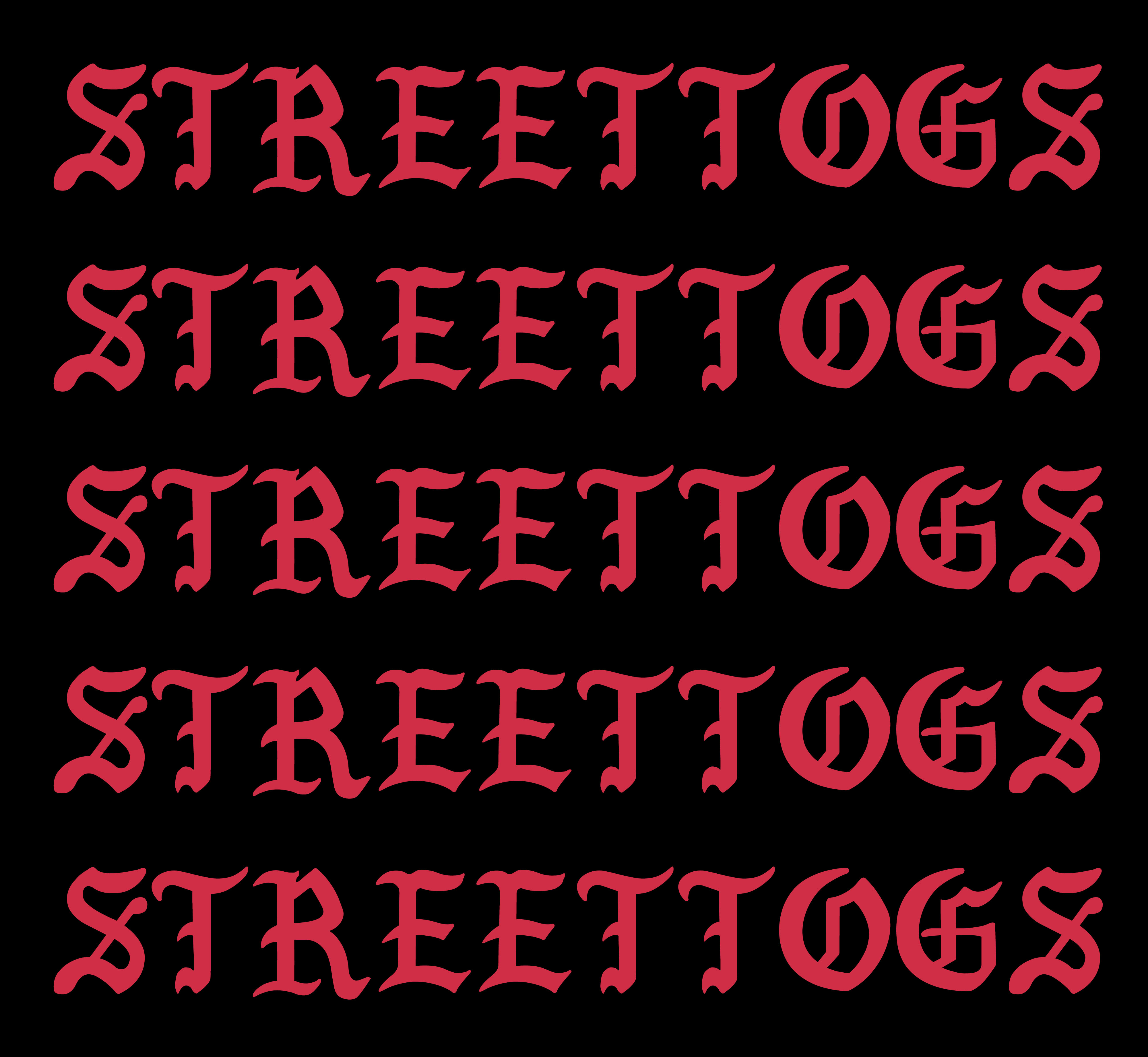
STREETTOGS STARTING GUIDE TO STREET PHOTOGRAPHY:
1. What camera to use?
Use your smartphone or buy a Ricoh GR II. Or use the digital camera you already own. It doesn’t really matter.
If you want to buy a new smartphone, buy a iPhone 7 Plus or a Huawei P10 (if you prefer Android).
If you are on a budget, buy a iPhone SE ($400 model).
2. What settings to use?
If you have an iPhone, download the ‘Pro Camera’ app– and enable the full-screen trigger.
If you shoot with an Android, just use the default camera app.
If you shoot with a Ricoh GR II (or any digital camera), use “P” (program) mode, set the ISO to 1600, center-point autofocus, and shoot in JPEG if the files look good. The reason I recommend these settings is that you can just ‘set it and forget it’ — worry less about technical settings, more focus on capturing meaningful ‘decisive moments’ you see.
3. What should I photograph?
Go on a walk around the block of your house, in your own neighborhood, in your local mall, around your office building, or the downtown streets of your town.
Don’t think whether a photo is ‘good’ or ‘bad’ — just photograph whatever interests you.
When you see a street scene you want to photograph, the rule is to take at least 10 photos of the scene. If you have more time, try to shoot 20, 30, 40, 50, or even 100 photos of the scene.
4. Shoot 25% more than you think you should
The basic concept is the ‘25% rule’ — when you see a good scene, photograph the scene 25% more than you think you should.
For example, you photograph a street scene 10 times. Try to shoot 25% more — which is about 2-3 more photos. Often by pushing yourself, your best photos will appear at the end of your SD card/film.
5. Look at the edges of the frame
Next practical tip — look at the edges of your frame when you’re making photos. Try to simplify the edges, and subtract distractions. Also, try to simplify the background.
Before you photograph a person or a scene, look at the background. Try to simplify the background by getting closer, by crouching down, or holding your camera up really high (with LCD screen) and shoot looking down.
6. When in doubt, ask for permission
If you see a person or street scene you want to photograph but you are scared, ask for permission. It is better to ask for permission and get rejected, rather than never ask.
The line I recommend is to ask people, ‘Excuse me, do you mind if I MADE your PORTRAIT?’ instead of ‘TAKING a PHOTO.’ A portrait sounds more intentional and creative than a ‘photo.’ And ‘making’ a portrait is better than ‘taking’ a photo. Making a photo is more collaborative, and less forceful.
To conquer your fears in street photography, spend a day approaching strangers to make their portrait, and keep asking until you get 5 people to say yes, and 5 people to say ‘no’ to you.
7. Share your favorite photos
When you get a shot you like, share it. Don’t ask others for their opinion. If you like the photo and you are enthusiastic about it, share it.
Share it on Facebook, Instagram, or Flickr. Better yet, make your own photo blog (bluehost.com with wordpress.org) and share it with your friends and family.
8. How to get feedback
If you want critique or feedback on your photos, find ‘real life’ photography friends. Find other photographers via meetup.com — or private message a photographer whose work you like, and ask to meet for a coffee and a photo-critique session.
Or email a photographer who you admire, and offer to pay them $100 a month (1-hour critique of your work, and assignments). Do this for 3 months.
9. Never stop making art
You are not a photographer; you are an artist. So never stop making art. Be like a big camera with a camera, and never stop exploring.
10. Share your experiences
Ultimately, the most rewarding part of photography is sharing that joy with others.
Share your experiences in photography by teaching kids, by teaching your mom, or by sharing your ‘secrets’ on your own blog or through social media. If you don’t want to pay money for a blog, I recommend wordpress.com.
Conclusion
Don’t take your photography too seriously. Have fun, treat street photography as walking meditation, and a chance for you to connect with your fellow human beings.
And when in doubt, smile.
Always,
Eric

